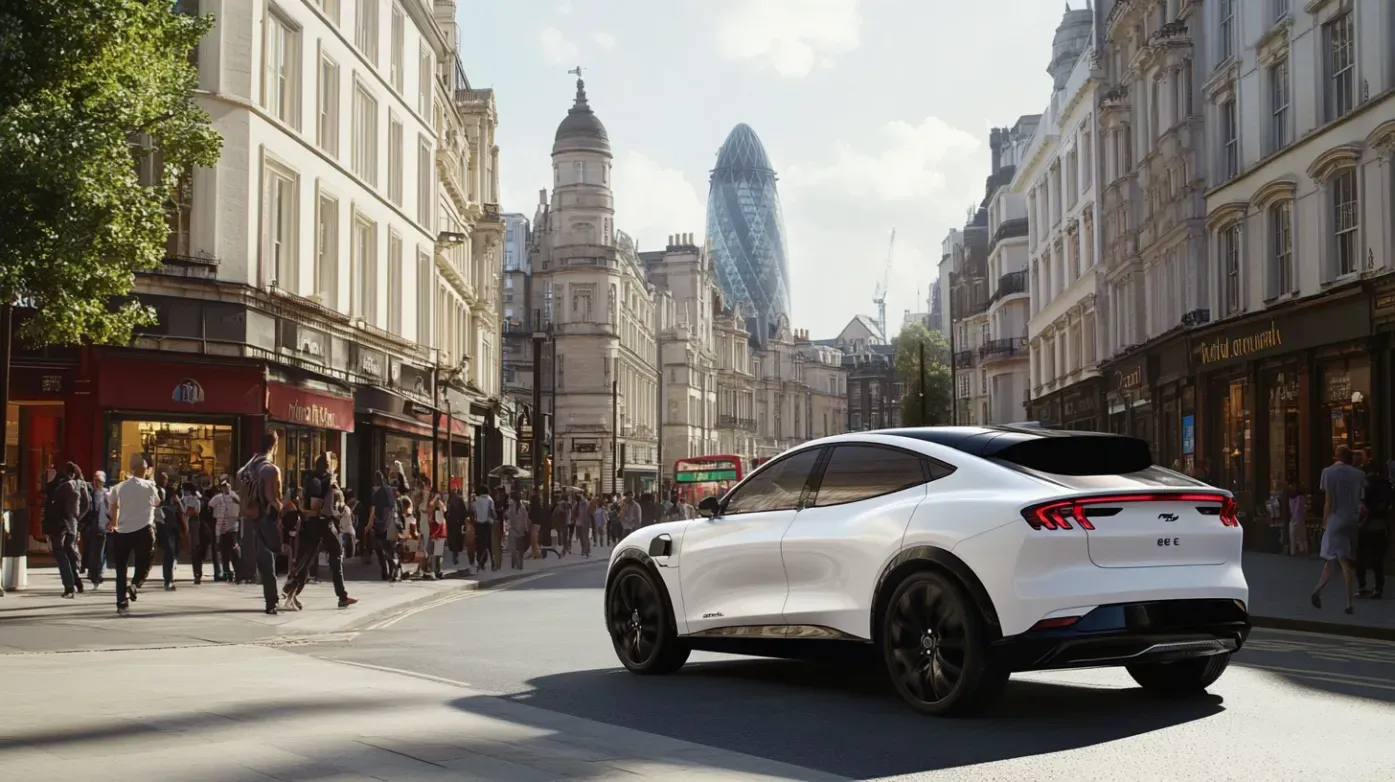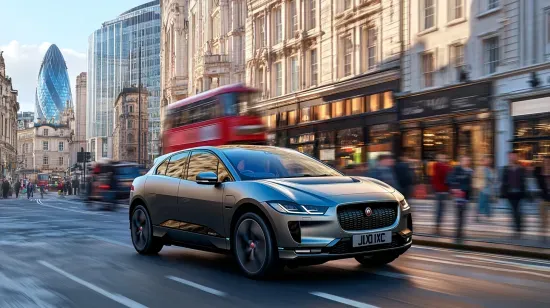Driverless Taxis in the UK: Racing Ahead—But at What Cost?
The UK is about to leap forward in autonomous taxis. Originally scheduled for late 2027, the first Level 4 robotaxi pilots will now hit London streets in spring 2026.
Under the Automated Vehicles Act, these trials aim to showcase self-driving vehicles that require no onboard human drivers, delivered in partnership with tech firm Wayve and ride-hailing giant Uber
Why the rush?
Supporting these trials could generate up to £42 billion by 2035 and 38,000 new jobsmobileworldlive.com+9gov.uk+9ft.com+9. Policymakers hope the early timeline positions the UK as a global leader in autonomous vehicles. By testing AV technology in real urban conditions—including dense traffic and unpredictable road users—London becomes a critical proving ground.
Level 4 explained
Level 4 autonomy refers to vehicles capable of handling all driving tasks under specific conditions, without needing driver intervention. That covers typical city environments—though handover may be required in exceptional cases like bad weather or emergencies thesun.co.uk+10wayve.ai+10wired.com+10.
Opportunities and challenges
For passengers, robotaxis promise new mobility solutions, especially in suburban and rural areas underserved by current public transport. Trials may also bring environmental benefits, with electric fleets reducing emissions and improving air quality.
For the taxi sector, though, change comes with tension. London’s black cab drivers, private-hire firms, and trade unions express concerns over job displacement and fair regulation. Similar friction is already underway in Derby, where local authorities are enforcing stricter rules, like a five-year age limit on licensed vehicles—a move drivers argue could cost livelihoods .
The local impact: Derby’s backlash
In Derby, a new policy limits private-hire vehicles to a maximum age of five years at first licensing. Drivers say the rule is unfair and economically damaging, with protests culminating in a licensing committee hearing scheduled for June 26, 2025 phtm.co.uk. This local dispute echoes a wider theme: how regulators balance innovation against financial pressures on working drivers.
What this means for the future
Trials with Uber and Wayve aren’t isolated experiments. They’ll shape public trust, regulatory responses, and business models. Success requires coordination: new tech must fit alongside existing operators, not override them.
As Level 4 taxis roll out, it’s crucial that policy clearly addresses:
- Driver transitions: How will drivers who depend on ride-hailing adapt?
- Regulatory fairness: Will councils enforce rules uniformly?
- Safety assurance: Are we confident these systems perform as well as human drivers?
The UK’s autonomous taxi trials represent more than technology—they’re a test in policy integration and social adaptability. The real success will come from blending innovation with inclusion and clarity.
You might also like






